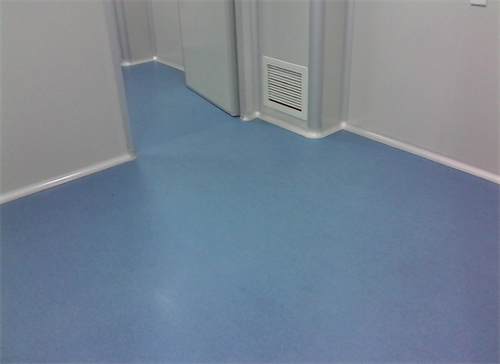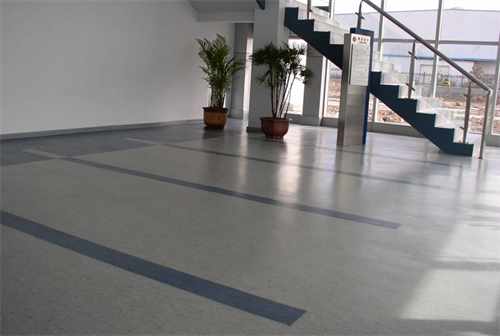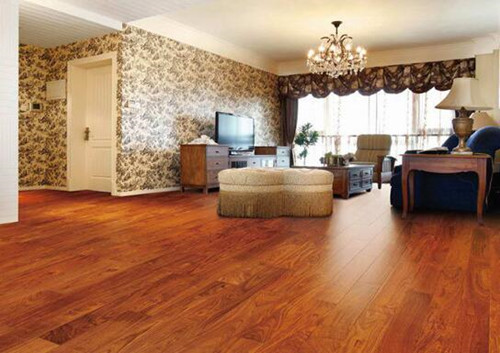Marble flooring is very common in both residential and commercial use, and its luxurious appearance and high-quality characteristics make it popular among people. So what should be noted when grinding and renovating marble flooring?
What to Pay Attention to When Grinding and Renovating Marble Flooring
1. Assess the Condition of the Flooring
Understanding the condition of the marble flooring is the first step in the grinding and renovation process. Carefully inspect the surface for cracks, wear, stains, or scratches. Additionally, check for any loose or damaged areas. By assessing the condition of the flooring, you can determine the scope and difficulty of the required work, preparing for subsequent grinding and renovation efforts.

2. Choose the Right Tools and Equipment
Grinding and renovating marble flooring requires a series of specialized tools and equipment. Firstly, you need to choose an appropriate grinding machine. Generally, rotary or vibrating marble grinding machines are the most commonly used tools. Secondly, you should purchase suitable sandpapers and grinding discs. Different sandpapers have varying grit levels, so selecting the right sandpaper based on the actual condition of the flooring is very important. Additionally, you will need to prepare cleaners, sealants, and polishes, among other materials.

3. Develop a Grinding Plan
Before proceeding with the grinding and renovation of the marble flooring, it's important to create a detailed grinding plan. First, determine the steps and order of the grinding process. For example, start with coarser sandpaper for initial grinding, then gradually switch to finer sandpapers for further grinding. Next, specify the duration and pressure for each grinding step. Prolonged grinding or excessive pressure may damage the marble flooring. Finally, decide whether a gloss restoration or polishing is necessary after grinding.

4. Protect the Surrounding Environment
When renovating and grinding marble flooring, it is essential to protect the surrounding environment. First, move or properly cover any furniture and items in the room. Then, use protective tape to cover areas where the flooring contacts walls, doors, and windows to prevent accidental damage. Additionally, ensure proper ventilation to allow the dust and odors generated during grinding to dissipate.
5. Carefully Address Flaws
During the grinding and renovation process, handle any flaws in the flooring with care. For scratches and stains, appropriate cleaners and tools can be used for cleaning and renovation. For cracks and damages, filling and repairs may be necessary. It is important to ensure that the filling and repair materials match the type and color of the marble to ensure a natural and consistent appearance after the repairs.

In summary, this is an introduction to what to pay attention to when grinding and renovating marble flooring. By keeping in mind these key points, the marble flooring grinding and renovation process can be conducted more safely and efficiently. However, grinding and renovating marble flooring is not a simple task and may require professional skills and experience. Therefore, it is advisable to consult a professional flooring renovation company or professional to ensure the quality and effectiveness of the work are maximized before undertaking the grinding and renovation of marble flooring.



